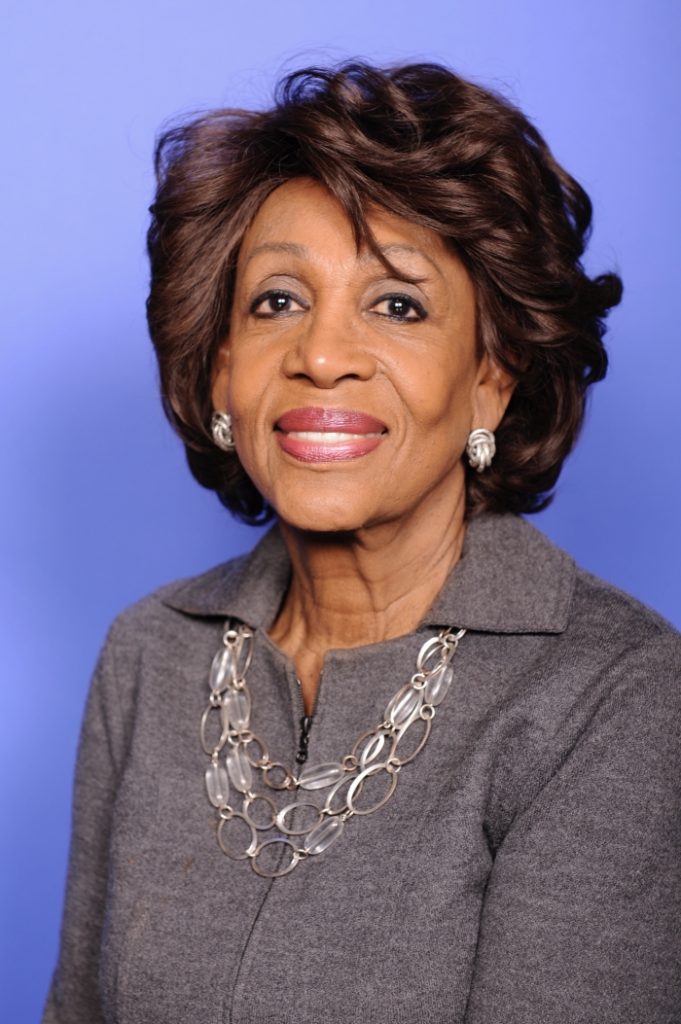The Los Angeles Industrial District BID is one of the few organizations working to maintain’s one of densest homeless districts in the country. Harrison Hill, USA TODAY
In 2013, Madlynn Johnson had her own apartment and a steady job. A car accident changed everything.
Her job gave her months off work. She drained her savings. She couldn’t catch up on rent and other bills. Depression took hold.
In 2014, she lost her housing in the San Francisco Bay Area.
Nationally, Johnson was one of the 40,000 people age 65 and older who were homeless in 2017, according to a study by researchers in Los Angeles, New York and Boston. That number is expected to nearly triple by 2030.
Homelessness experts say California’s low-income seniors are especially vulnerable because of the state’s housing affordability crisis: With fixed income and high rent prices, an illness or job loss can quickly put them on the streets.
The state already accounts for about a quarter of the nation’s homeless population, according to the U.S. Department of Housing and Urban Development, and 69% of the 130,000 homeless Californians were unsheltered on a single night last year.
Even so, methods exist to prevent and reduce senior homelessness, said Sharon Cornu, executive director of St. Mary’s Center in Oakland, which provides services for adults 55 and older who are homeless or at risk of homelessness.
“As we get ready for generations with less retirement savings and lower incomes along the way, we need to be planning for the challenges that we’re going to face among senior populations,” Cornu said.
‘It’s been a real godsend’
For three years, Johnson lived in and out of her Honda Accord. She kept her wheelchair in the view of her window as she slept, or at least tried to rest when the fear of being assaulted didn’t keep her awake.
Finally, in October 2017, she moved into transitional housing for seniors at St. Mary’s Center. Johnson, now 73, sleeps in her own room and shares a kitchen and bathroom with others around her age.
“It’s been a real godsend,” she said.
But no landlord has accepted any of the about 100 rental applications Johnson said she has submitted with the support of case management at the center. With Social Security Disability Insurance (SSDI) and no pension – the mental health contract agency she worked for didn’t offer one – Johnson said it’s almost impossible to afford a place of her own in the county she has called home since 1965.
“I worked hard in life and a lot in the city of Oakland, Alameda County,” Johnson said. “I’m in crisis in terms of housing, and buildings are going up all over the city. It’s unfortunate that because of limited income resources, that I’m not able to live in one of them.”
Blaming shelters and street sleeping: Donald Trump blasts California for homeless crisis
Recognizing the need, Johnson advocates for additional low-income housing along with other seniors at St. Mary’s Center. Her peers in transitional housing face similar struggles: 95% of them rely on Supplemental Security Income (SSI) of $932 each month as their only income source, Cornu said.
Those types of mostly fixed incomes don’t keep up with rising rents, said Kevin Prindiville, executive director of Justice in Aging, a California-based nonprofit focusing on senior poverty. While wages may increase for people who can work, seniors who cannot tend to struggle financially as housing markets become more expensive and strain their budgets.
Opinion: Only the federal government can fix the affordable housing crisis. Where’s the pressure?
For the one in five state residents age 65 and up who live in poverty, according to a 2018 Kaiser Family Foundation analysis, Prindiville said an emergency could jeopardize their housing when they might already be dealing with hunger or healthcare issues.
“There are many people paying a huge proportion of their income on rent who really need relief from that because they’re one disaster away from being homeless,” said Dr. Margot Kushel, professor of medicine at University of California, San Francisco and director of its Center for Vulnerable Populations. “We need to get to people right after the disaster happens, so before they become homeless, and try to intervene and prevent their homelessness.”
Follow Santa Monica’s lead?
In coastal Santa Monica, many older longtime residents can barely pay for food and basic necessities after paying rent, city employees discovered through a 2016 survey. That group faces the danger of becoming homeless every month, said Eduardo Lizarraga, housing specialist in Santa Monica’s Housing Division, because they’ll be evicted or forced to move if they can’t afford rising costs.
The city set out to create change by creating a basic needs subsidy program that Lizarraga said is the first of its kind nationally.
Motels as homeless shelters?: More local governments are housing people in motel rooms
Two years ago, Santa Monica began giving cash to low-income people age 65 and up who were living in rent-controlled apartments since at least 2000. The income subsidies helped alleviate 21 participants’ rent burden, plus program coordinators helped connect them with services and benefits.
Based on initial results, the City Council voted to expand the program in August. Moving from a $300,000 allocation to $2 million, Lizarraga said, the program will support as many as 400 seniors through June 2021. Eligible participants will be enrolled on a rolling basis as the city sorts through applications.
Expanding rental subsidy programs throughout the county, however, isn’t feasible, said Heidi Marston, chief programming officer of the Los Angeles Homeless Services Authority.
The authority offers a subsidy meant to serve as a temporary intervention, so people can afford rent increases while finding ways to boost their income. But knowing more than 700,000 households in Los Angeles County pay more than half their income on rent serves as a reminder of the program’s limitations.
“The reality is we wouldn’t have enough resources to serve all of them if they ran into that situation,” Marston said. “So targeting it to seniors has been a good way for us to start and build it out from there.”
Federal support?: Trump officials look to fix California homeless problem, state officials say back off
Underlying the efforts is the fact rent in Los Angeles County has outpaced income increases for older adults. From 2012 to 2017, average rents in L.A. County increased at three times the rate of the cost-of-living adjustments to Social Security income, and twice the rate of median household income for seniors, according to a Los Angeles Homeless Services Authority report.
On the move?
To avert homelessness, some California seniors do move to lower-cost areas, said Kushel, the San Francisco college professor.
But more affordable, rural areas tend to offer fewer medical facilities and less public transportation. Finding community in an unfamiliar place, Kushel said, can also be particularly disorienting for seniors with cognitive impairments or physical disabilities.
“They’re away from their church, they’re away from their families, they’re away from everything that they knew,” Kushel said.
$700K for an apartment?: The cost to solve the homeless crisis is soaring in Los Angeles
Nearby family does not guarantee a safety net for those at the risk of homelessness, either, said Prindiville of Justice in Aging. Sons and daughters might not have the means to take in an older parent, he said, especially when the racial wealth gap comes into play for people of color.
“If you’re an older adult who was working low-wage jobs, it was hard for you to make sure that your kid was set up for an education and had all the opportunities to then be more economically secure,” Prindiville said.
Jerome McIntosh, 59, has a brother and a sister living in Oakland, as well as sons in nearby Berkeley and Sacramento. But when he returned home to Oakland after a heart attack left him physically unable to work a construction job, McIntosh went to social services and then the winter shelter at St. Mary’s.
“They just don’t have the room for me,” McIntosh said of his family. “I wouldn’t want to put that on anyone. I’m not made that way.”
McIntosh, who has lived in the center’s transitional housing since 2016, said he puts out about 10 applications a month. With an income of $1,070 a month from Social Security Disability Insurance, McIntosh said he qualifies for apartment waiting lists that are sometimes years long.
‘Seniors made this world’
Ultimately, California desperately needs more deeply affordable housing, Kushel said, or subsidized housing for people with lower incomes.
Cities and counties will gain more authority to build supportive housing and shelters under a package of bills signed in September by Gov. Gavin Newsom, but none specifically focus on seniors.
The opportunity to develop a state strategy for senior homelessness lies in the Master Plan for Aging, Prindiville said. That plan is scheduled to be completed by October 2020, per an executive order from Newsom.
“We need to have some insurance that seniors in America can live at home,” McIntosh said. “Seniors made this world, as far as I’m concerned, and they need to be treated well.”




